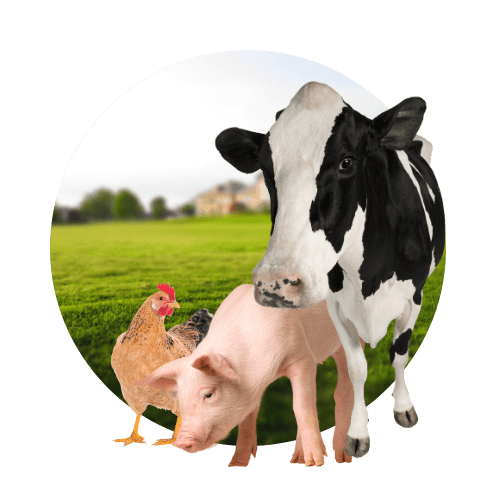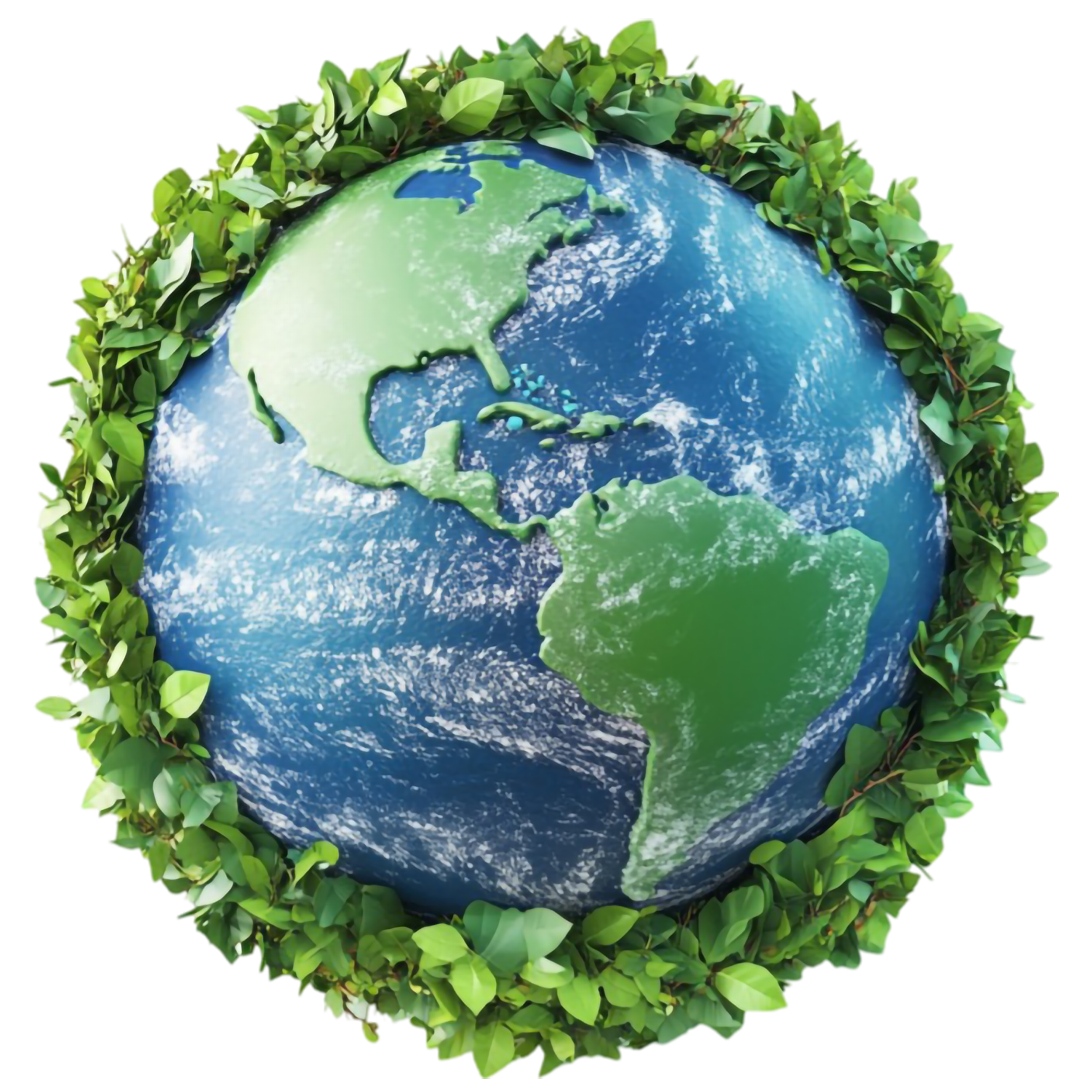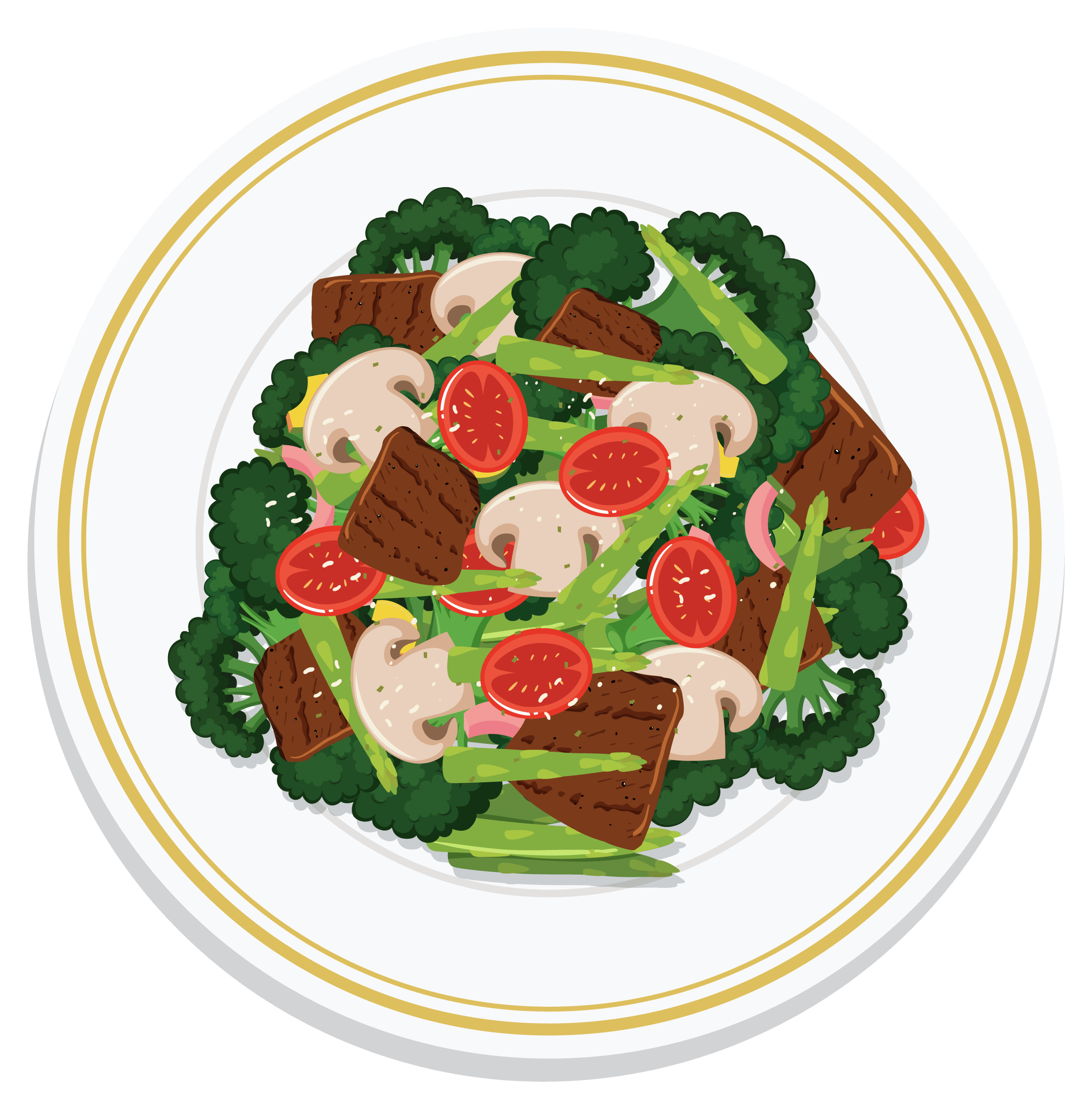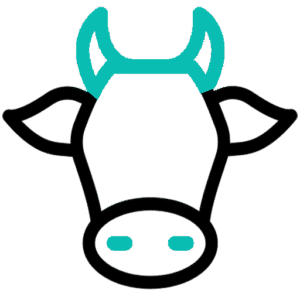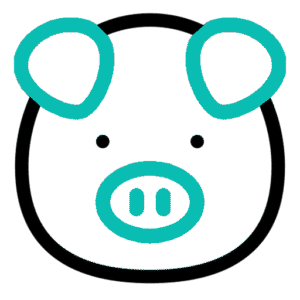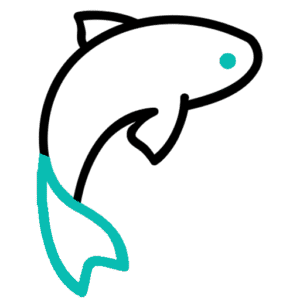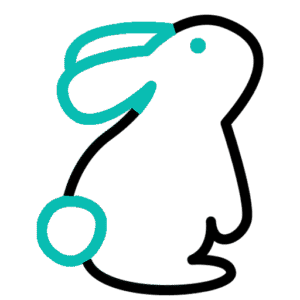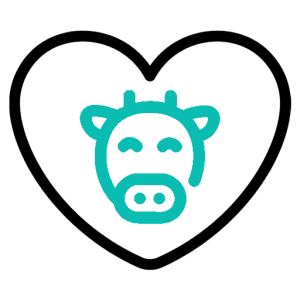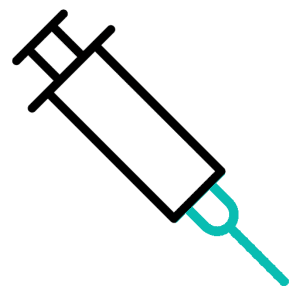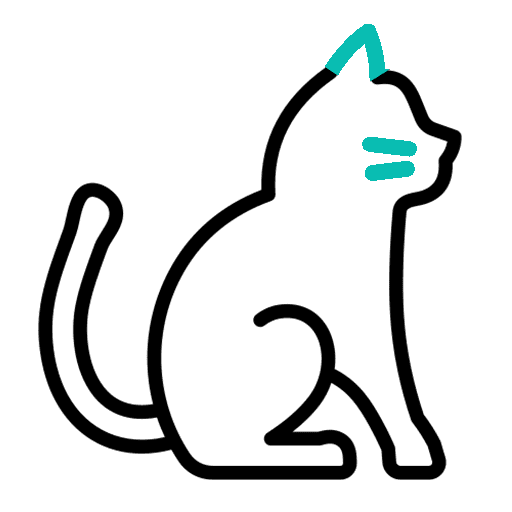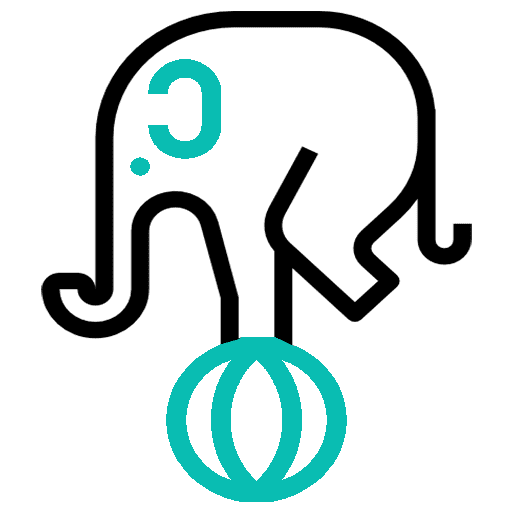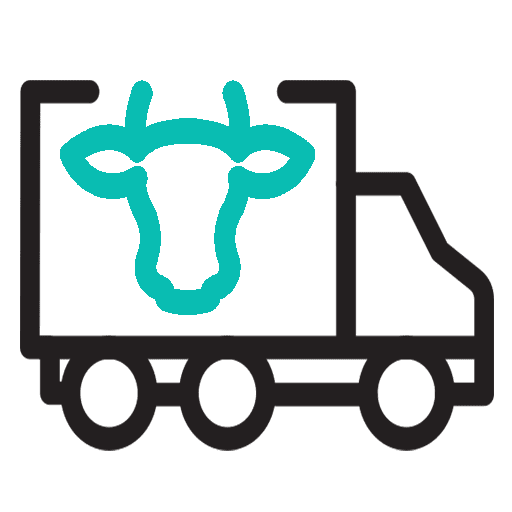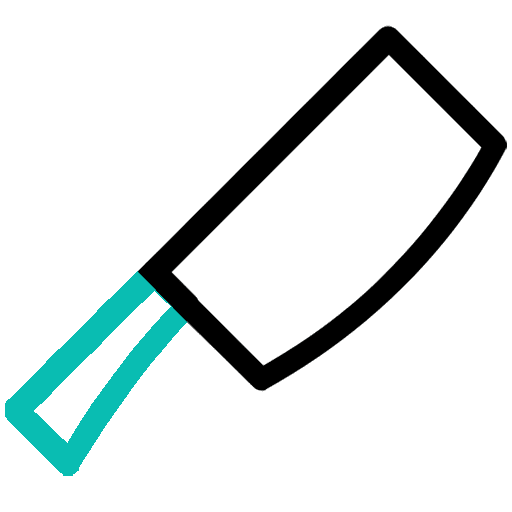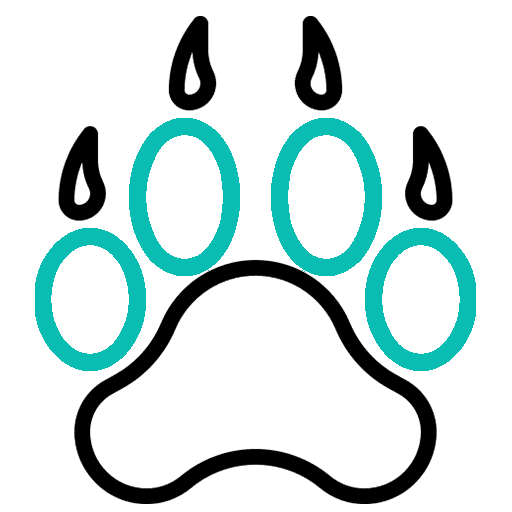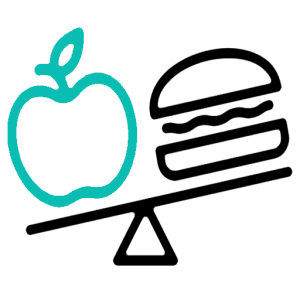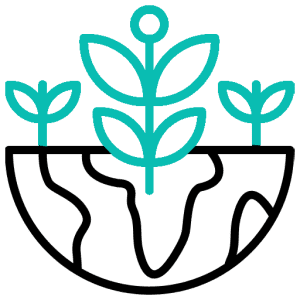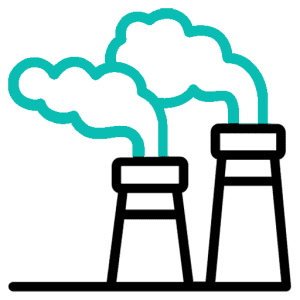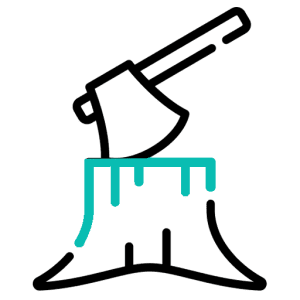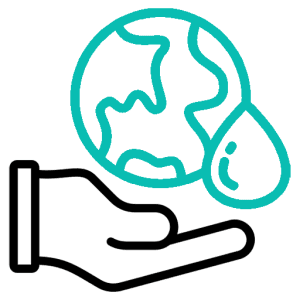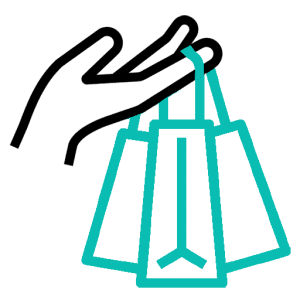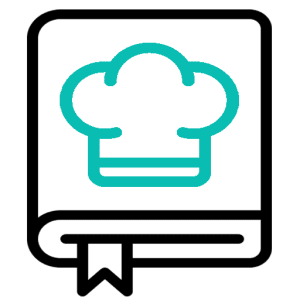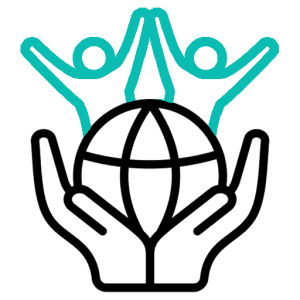Hey there, curious readers! Today, we’re diving into a topic that may be uncomfortable to discuss but is essential to shed light on – the cruelty behind veal production, specifically in the context of dairy farming. Let’s take a closer look at what goes on behind the scenes and explore some ethical considerations that may change the way you view your dairy products.
Veal production is closely tied to the dairy industry in a way that many consumers may not realize. Calves born on dairy farms are often destined for the veal industry, where they face harsh conditions and treatment. By understanding the process behind veal production and the ethical concerns it raises, we can make more informed choices about the products we support.
What is Veal, and How is it Produced?
Veal is the meat from young calves, typically between 1 to 3 months old. Its production is a direct consequence of the dairy industry because veal calves are often born to dairy cows. When calves are born, they are either raised for milk production themselves or sent to veal farms, depending on the economic needs of the industry.
The Connection Between Dairy and Veal
In the dairy industry, cows are repeatedly impregnated to maintain milk production. When calves are born, they are removed from their mothers shortly after birth to ensure that all of the mother’s milk can be collected for human consumption. These calves are often sold into the veal industry to be raised for meat, creating a brutal cycle of exploitation.
The veal industry thrives on the demand for tender, pale meat, which is achieved through inhumane practices that prioritize profit over the welfare of these animals.

The Horrors of Veal Farming: A Life of Suffering
Veal farming is one of the most brutal and inhumane industries in animal agriculture. The treatment of calves in veal operations exposes the dark reality of modern farming methods. Veal calves are confined, deprived, and subjected to unimaginable suffering—all to satisfy consumer demand for tender meat.
1. Extreme Confinement
Veal calves are often kept in cramped, confined spaces with little room to move or engage in natural behaviors. Many are raised in small crates or stalls that restrict their movement entirely. This lack of mobility prevents them from exercising, socializing, or exploring—natural behaviors that would otherwise ensure a healthier, more natural life.
The confinement causes both physical and psychological distress. These young animals are deprived of the opportunity to stand, walk, or interact with others.
2. Deprivation of Natural Diet
Calves in veal farming are typically fed iron-deficient diets to ensure their meat remains pale in color, a desirable trait for consumers. This diet is far from natural, depriving them of essential nutrients and contributing to poor health. Iron deficiency leads to weakened bodies and increased suffering for these young animals.
3. Separation from Their Mothers
After birth, calves are immediately separated from their mothers. This separation is traumatic for both the mother and the calf, as they are natural social creatures that rely on bonding and nurturing. Mothers grieve the loss of their calves, and the calves suffer from both physical and emotional stress.
4. Poor Health and Early Death
Veal calves are raised in unnatural environments that make them vulnerable to illness. The lack of proper veterinary care, coupled with confinement and poor nutrition, results in a higher rate of disease and death. Many calves suffer from pain and stress-related health problems throughout their short lives.
The Dairy Industry’s Role in Veal Production
While veal is often discussed independently, its existence is a direct consequence of the dairy industry. The constant demand for milk requires the ongoing reproduction of dairy cows. This means that calves are born repeatedly, and a large portion of these calves are sent to the veal industry to offset costs and supply chain pressures.
The dairy industry’s reliance on repeated pregnancies, artificial insemination, and the removal of calves from their mothers highlights the interconnection between these industries. Dairy farmers profit from milk production while sending calves to veal farms, a system that exploits both the calves and their mothers.
Economic Incentives and Profit Motives
The dairy and veal industries are profit-driven, and economic incentives prioritize efficiency over compassion. The more calves sent to veal farms, the lower the costs for dairy farms. This economic system sustains the cruel cycle, allowing industries to maximize profits at the expense of animal welfare.
The Ethical Implications of Veal Consumption
The suffering endured by veal calves raises critical ethical questions about consumer choices. Choosing to eat veal supports a system that profits from animal cruelty, environmental harm, and unnecessary suffering. These ethical questions extend beyond individual choice and point toward systemic changes needed within the food industry.
The ethical implications of consuming veal involve:
- Animal Suffering: The confinement, deprivation, and mistreatment of calves are undeniable forms of suffering. Supporting veal production means supporting industries that profit from their pain.
- Exploitation of Mothers: Dairy farming practices that lead to the forced separation of mothers and calves compound the suffering for both.
- Environmental Destruction: The dairy industry and veal production contribute to deforestation, climate change, and pollution.
By rejecting veal and advocating for alternatives, consumers can use their voices—and their purchasing power—to challenge these unethical systems.




